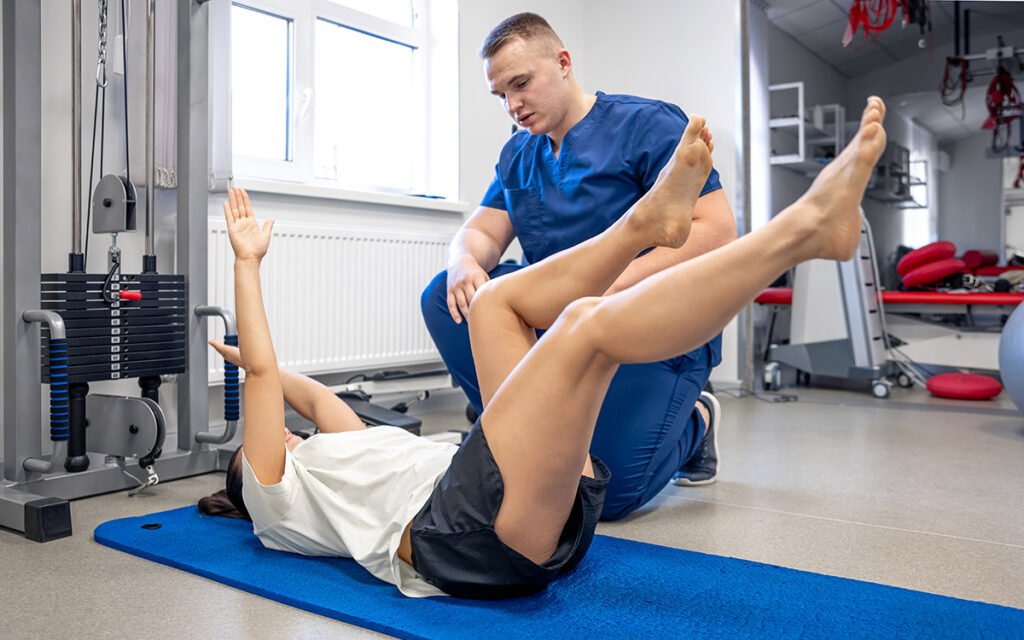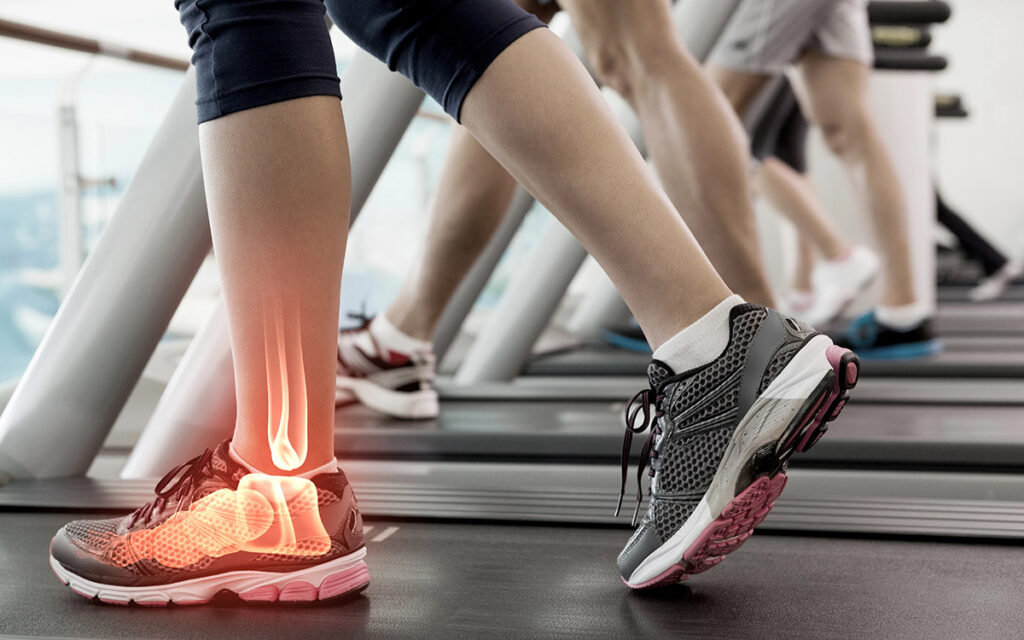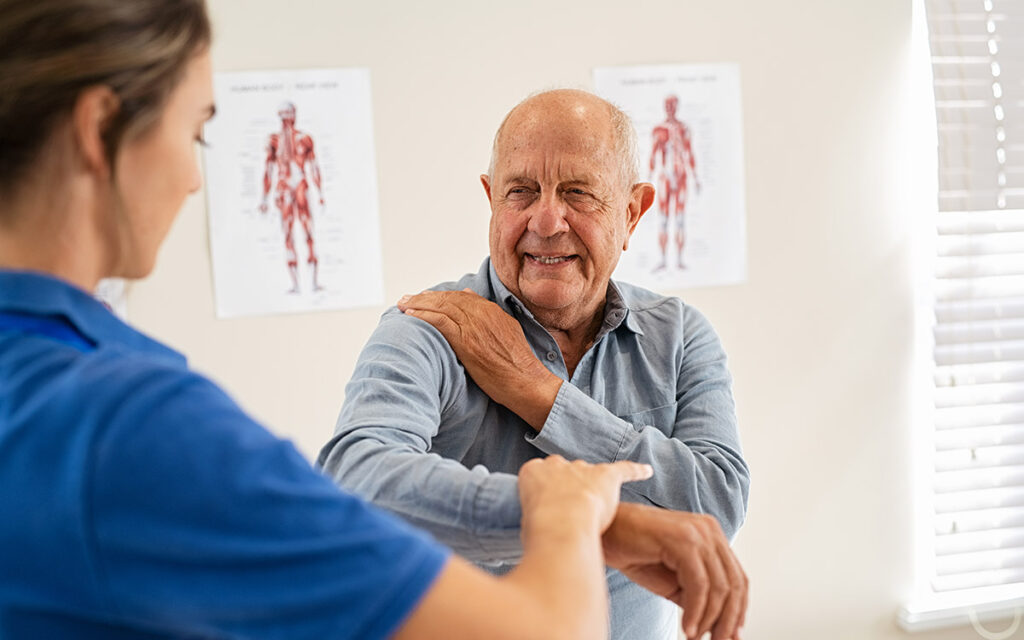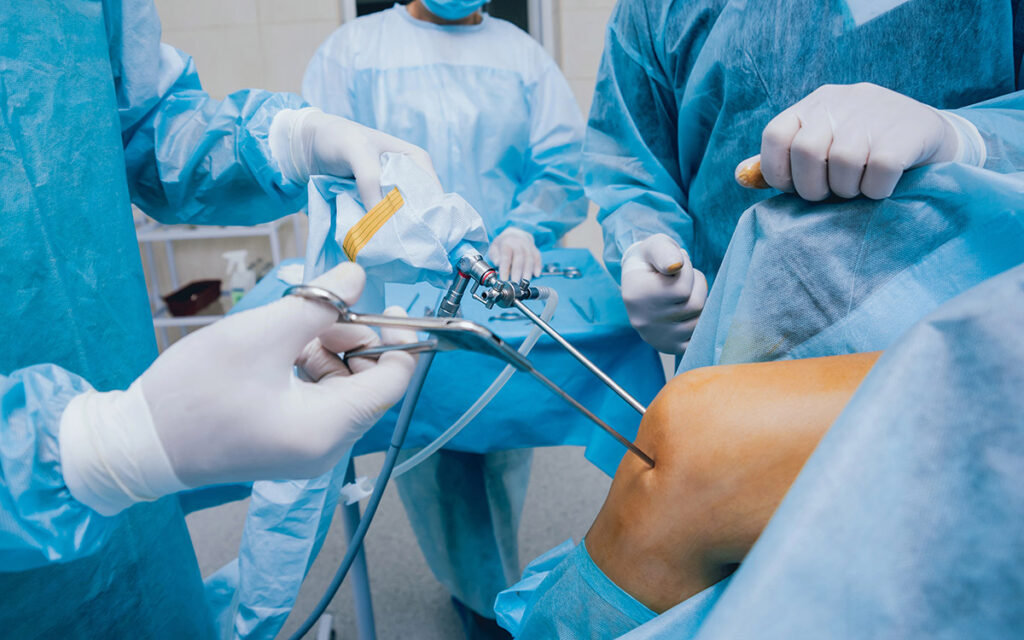Orthopedic surgery has come a long way, with numerous innovations revolutionizing the field and enhancing patient outcomes. At Oak Tree Orthopedics, we are committed to staying at the forefront of these advancements, particularly in the realm of sports medicine. This blog will explore the latest innovations in orthopedic surgery that are transforming sports medicine, enabling faster recovery, and improving the quality of care for athletes and active individuals.
Introduction to Orthopedic Surgery and Sports Medicine
Orthopedic surgery focuses on treating musculoskeletal conditions, which include injuries and disorders affecting bones, joints, ligaments, tendons, and muscles. Sports medicine is a specialized field within orthopedics that deals with the prevention, diagnosis, treatment, and rehabilitation of sports-related injuries. The combination of orthopedic surgery and sports medicine provides comprehensive care to help patients return to their active lifestyles.
Recent advancements in orthopedic surgery have introduced innovative techniques and technologies that significantly improve patient outcomes. These innovations range from minimally invasive procedures to regenerative medicine, each contributing to more effective and efficient treatments. Let’s delve into some of the most notable advancements in orthopedic surgery for sports medicine.
Minimally Invasive Techniques in Orthopedic Surgery
Benefits of Minimally Invasive Surgery
Minimally invasive surgery (MIS) involves performing surgical procedures through smaller incisions, resulting in less tissue damage and faster recovery times. This approach has gained popularity in orthopedic surgery due to its numerous benefits, including reduced pain, shorter hospital stays, and quicker return to daily activities. MIS techniques are commonly used in joint replacement surgeries, such as knee and hip replacements, as well as spine surgeries.
Advanced Imaging and Precision
Advanced imaging technologies, such as MRI and CT scans, play a crucial role in minimally invasive orthopedic surgery. These imaging techniques provide detailed views of the musculoskeletal system, allowing orthopedic surgeons to plan and execute surgeries with greater precision and accuracy. Robotic-assisted surgery systems further enhance the precision of these procedures, enabling orthopedic surgeons to perform complex operations with improved outcomes.
Innovations in Regenerative Medicine
Stem Cell Therapies
Regenerative medicine is a rapidly evolving field within orthopedic surgery that focuses on stimulating the body’s natural healing processes. One of the most promising innovations in this area is stem cell therapy. Stem cells have the unique ability to differentiate into various cell types, making them ideal for repairing damaged tissues. In sports medicine, stem cell therapies are used to treat conditions such as cartilage damage, tendon injuries, and degenerative joint diseases.
Platelet-Rich Plasma (PRP) Therapy
Platelet-rich plasma (PRP) therapy is another innovative treatment in regenerative medicine. PRP involves extracting a patient’s blood, concentrating the platelets, and injecting the PRP into the injured area. Platelets contain growth factors that stimulate tissue repair and regeneration. PRP therapy is commonly used to treat soft tissue injuries, such as ligament sprains and tendonitis, promoting faster healing and reducing the risk of re-injury.
Advances in Surgical Technology
3D Printing in Orthopedics
3D printing technology has revolutionized orthopedic surgery by enabling the creation of custom implants and surgical instruments. Orthopedic surgeons can now design and print implants tailored to a patient’s unique anatomy, ensuring a better fit and improved functionality. This technology is particularly beneficial in complex joint replacement surgeries and trauma surgery, where precision and customization are critical for successful outcomes.
Robotic-Assisted Surgery
Robotic-assisted surgery systems have transformed the landscape of orthopedic surgery, offering unparalleled precision and control. These systems use robotic arms guided by the surgeon to perform intricate procedures with high accuracy. In sports medicine, robotic-assisted surgery is used for joint replacements, ACL reconstructions, and other complex orthopedic procedures. The enhanced precision of robotic-assisted surgery minimizes the risk of complications and improves overall patient outcomes.
Conclusion
The field of orthopedic surgery for sports medicine has seen remarkable advancements in recent years, driven by innovation and technology. At Oak Tree Orthopedics, we are dedicated to leveraging these advancements to provide the highest quality of care to our patients. From minimally invasive techniques and regenerative medicine to cutting-edge surgical technologies, these innovations are transforming the way we approach sports-related injuries and enhancing patient outcomes.
If you’re interested in learning more about the latest innovations in orthopedic surgery and how they can benefit you, be sure to read our other articles on this topic. Stay informed about the advancements that are shaping the future of sports medicine and orthopedic care.
FAQs About Innovations in Orthopedic Surgery for Sports Medicine
What are the benefits of minimally invasive orthopedic surgery?
Minimally invasive orthopedic surgery offers numerous benefits, including reduced pain, shorter hospital stays, faster recovery times, and smaller incisions that result in less tissue damage.
How does regenerative medicine improve sports medicine treatments?
Regenerative medicine, including stem cell therapy and PRP therapy, enhances sports medicine treatments by stimulating the body’s natural healing processes, promoting tissue repair, and reducing recovery times for sports-related injuries.
What role does 3D printing play in orthopedic surgery?
3D printing technology allows for the creation of custom implants and surgical instruments tailored to a patient’s unique anatomy, improving the fit, functionality, and overall success of orthopedic surgeries.
How does robotic-assisted surgery benefit patients?
Robotic-assisted surgery provides orthopedic surgeons with enhanced precision and control, reducing the risk of complications and improving patient outcomes in complex procedures such as joint replacements and ACL reconstructions.
By embracing these innovations in orthopedic surgery, Oak Tree Orthopedics continues to lead the way in providing advanced, effective treatments for sports medicine and beyond. Stay connected with us to learn more about how these advancements can improve your health and recovery.









